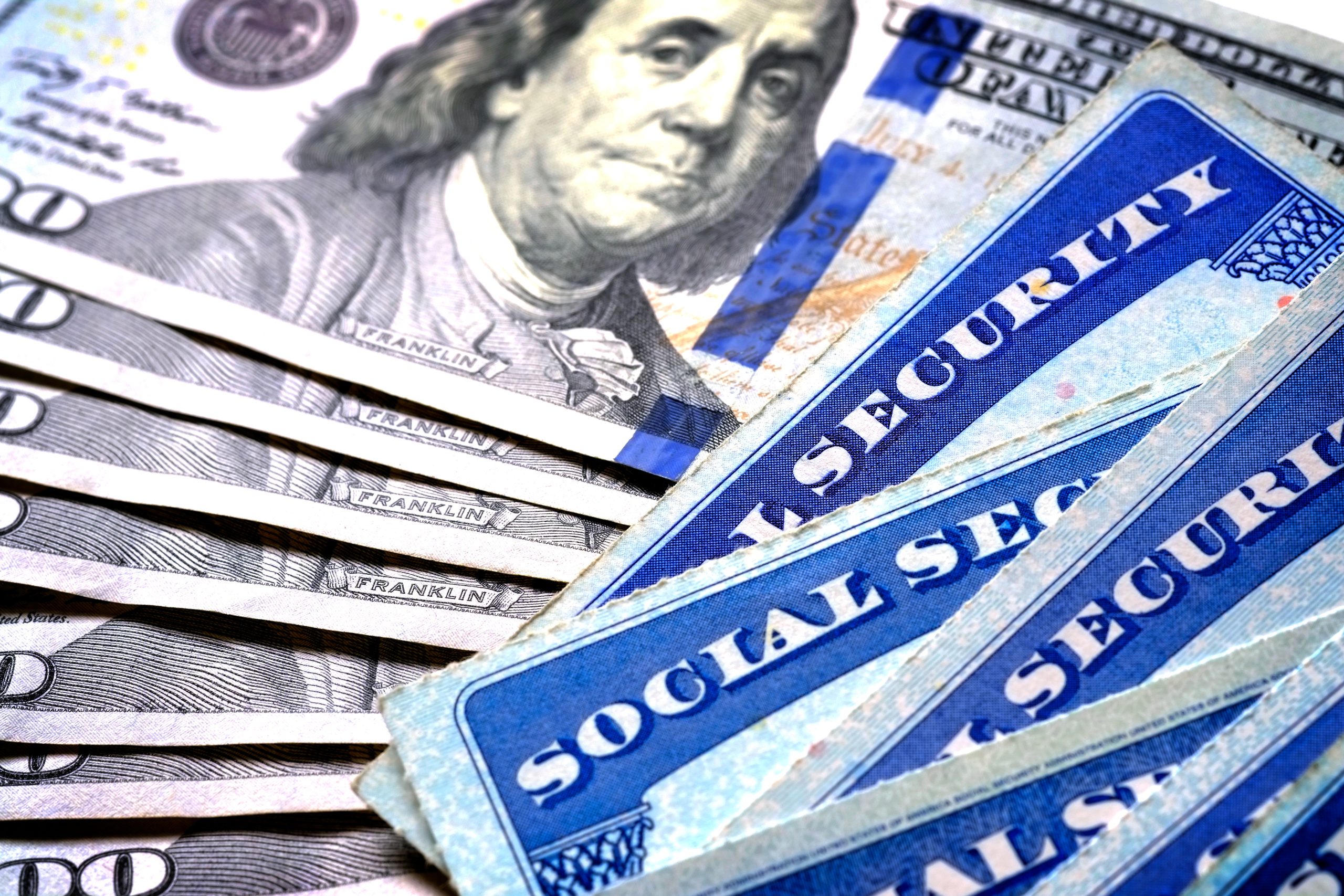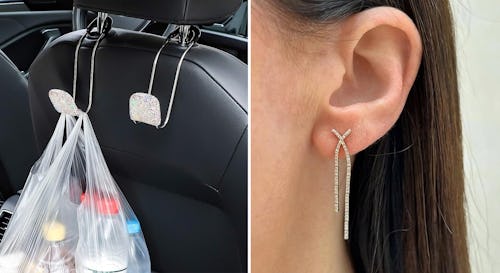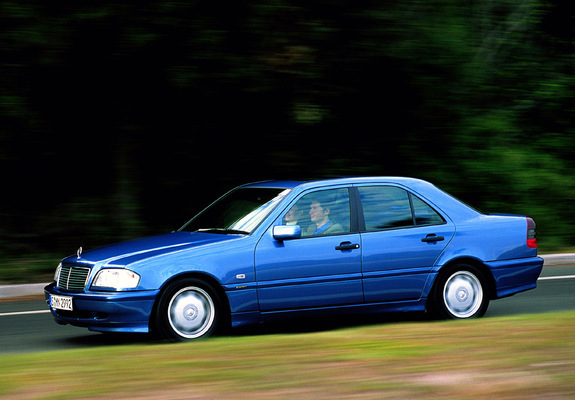Hyundai is a brand that I do not particularly like or even think about, to be honest. I did however ... Read more The post Here is How Hyundai Became Wildly Successful: Full Analysis appeared first on Life On...
Hyundai is a brand that I do not particularly like or even think about, to be honest. I did however recently have a conversation with a friend who works in sales at Hyundai and I was blown away, to say the least.
The times have never been better at Hyundai quality, sales, and technology-wise. After that, I did my research and got even more impressed.
In the past 15 years, Hyundai managed to:
Expand globally, reaching more markets than ever Refresh and expande their product line-up significantly Improve their quality significantly Produce technologically advanced cars Gained a significant chunk of the electric and hybrid market Maintain a healthy financial outlook Received awards and super ratings due to their innovation and qualityExpanding in the Chinese Market
Ever since 2002, when Hyundai joined forces with BAIC motors from Beijing to start production in China, their growth has been unstoppable. They have tackled every global market worth expanding to and have been successful in doing so.
Not many companies who rapidly globalize achieve this kind of success. At the time of forming the Beijing Hyundai Motor Company, China has already opened its doors and freed its market under the condition that corporations from outside form alliances with Chinese companies.
So they all (Ford, VW, GM, etc.) did the same as Hyundai did. They all wanted to be a part of the big and promising Chinese market. The Chinese market had a cheap labor force, cheap factories, and fewer regulations, so starting up was fast and inexpensive.
At the same time, China was already growing insanely fast and the demand for pricier more luxurious cars was on the rise.
Hyundai Going Global
After a successful move to the Chinese market, Hyundai started moving further. They increased their strength in Europe by investing in new production facilities in Turkey, they started selling cars in the US and even India where they have been particularly successful.
This all sounds so simple like everyone could do it, but believe me, it is not. Especially in the Automobile industry where brand image is highly important and the market is heavily saturated.
Changing the Brand Image
When they first entered foreign markets, even the Chinese markets they quickly realized they are perceived as a lesser quality brand from South Korea. They knew this has to change.
First of all, it wasn’t true. Their cars were already of good quality but many products from Korea weren’t. They started putting a bigger emphasis on quality and introduced the 10-10 policy.

The 10-10 policy was a major car guarantee that covered 10 years and 100 000 miles. Their brand image and quality perception started to rise which was an important step in their strategy.
The other thing was their adaptation to the market and differentiation. When they entered the US market they offered 2 cars in 2 the most popular car segments at the time.
They offered the big sedan called the Sonata and the mid-size SUV called the Santa Fe. Both were priced below the average in their class but offered an extensive guarantee and solid equipment/performance. People loved the Sonata and the Santa Fe, they were the most car for the money.
The Secret to Hyundai’s Success
This all sounds very simple, but somehow not many brands are doing it. The secret behind Hyundai’s success is in the deep analysis of what a certain market needs and at what cost.
When they entered the Indian market their main competitor was and still is Maruti. Hyundai, however, offered only two compact cars which were perfect for bad and narrow Indian roads. One of the cars was low priced with a small margin for Hyundai but an attractive price at which people were ready to buy their first Hyundai in India instead of a Maruti.
The other car was the Hyundai Accent which held a higher margin for Hyundai but seemed less interesting to the Indian public. Surprisingly people caught on and loved both of the models.
When they entered the US market their strategy was completely different as mentioned. For the European market, it was the same. They offered more compact cars for narrow European streets.
They priced it similarly to how French manufacturers priced their compact cars but they offered much longer guarantees.
Hyundai Today
They are still doing the same moves today, here is how. In 2015 they announced their N-Performance line of sportier versions of their regular models. Their most popular release was the I30N.
If you go read reviews and comparisons you will mostly see how the I30N is a mix of all other hot hatches and combines the things people love about the VW Golf GTI or the Renault Megane RS. Once again they did their research and developed a product that is a sure hit.
The same goes for their electric cars. They offer two fully electric cars, the “Prius looking” Ioniq and the crossover SUV Kona. They had big success with the Kona in Norway, which is the electric car capital of Europe with over 50% of newly sold cars being electric. The electric Kona is a crossover SUV with a range of 300 miles.
When it was first introduced to Norway they instantly got 7000 orders and more than 13,000 pending orders. Their production capabilities were overloaded with all the orders flowing in. They knew they had to offer a decent electric range combined with the most popular car shape at the moment, the crossover SUV.
Their differentiation strategy remains the same for the future. They plan on introducing many new models, including the 2020 Hyundai Palisade, the flagship SUV. Based on their press reports their research will continue in the direction of electric vehicles and hydrogen fuel cell vehicles.
Conclusion
Hyundai is not the cheapest option on the market as it used to be. They are ranked top 5 in quality and overall customer satisfaction on most consumer reports and “charts”.
Hyundai knows this and it changed its strategy accordingly. While they still offer some affordable car models, they are not the cheap South Korean car manufacturer anymore. From my point of view, their prices in western Europe are completely matching those of Volkswagen.
I don’t have a problem with that as we see in the previous years that many old and trusted manufacturers make major mistakes (VW diesel gate for example) while Hyundai doesn’t.

The post Here is How Hyundai Became Wildly Successful: Full Analysis appeared first on Life On Four.













